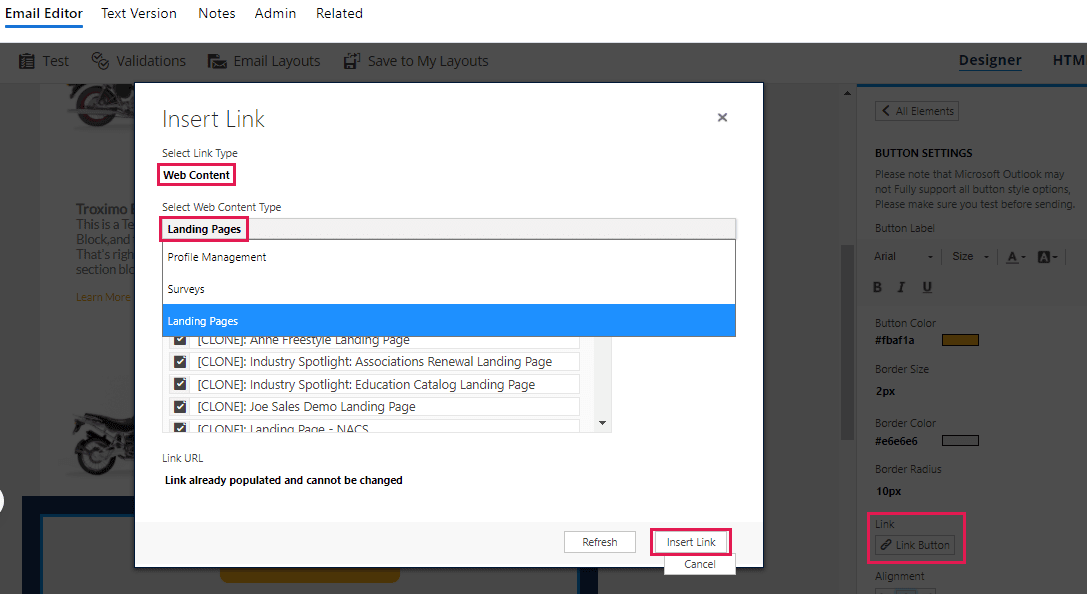How can you avoid ton deaf marketing? To say that these are unprecedented times we are living in would be an understatement. With the spread of COVID-19 into a global pandemic, our personal and professional lives have been dramatically altered in an astonishingly short period of time. Entire nations are under quarantine, business and school closures are rampant, and the phrase “social distancing” is possibly one of the most talked about and pressing concepts of the day.
In these times, customer communications – particularly digital ones – become especially important. But, now more than ever, it is critical for marketers to be mindful of what they say, how they say it and even when. As marketers, we must be certain that we aren’t conveying the wrong message to our audiences and that we aren’t being inadvertently insensitive during a global crisis.
5 top tips to avoid tone deaf marketing
1. Think before you send
Think twice about every email, SMS, social post and other communications that you send. Ask yourself, “Is this striking the right tone?” Then ask a trusted colleague to look at your intended communications with that question in mind. If you’re communicating how your company is responding to COVID-19, be direct and sincere. People want to feel a sense of reassurance that the brands they do business with – whether that’s a local restaurant or a B2B office equipment provider – have thought through the serious challenges at hand and have a plan in place to address those challenges. You should avoid attaching any self-serving or salesy angles to messages addressing your organization’s COVID-19 response. Save those for other messages.
2. Know that you don’t need all the answers
The news cycle is now endlessly updated with headlines related to COVID-19. The situation is also fluid across regions. This can make it hard for businesses to know how to best respond to the crisis at hand. It’s important to recognize that when the world’s leading medical experts and scientists don’t have all the answers, your organization may not have all the answers related to customer impacts. For example, if you announce the postponement of an in-person event, you may not have decided yet when to reschedule or if you want to host a virtual event instead. In the meantime, answer as many questions as you can so customers aren’t left in the dark. While it’s most often what you say that can be deemed tone deaf, sometimes not recognizing that you need to say something can have the same impact.
3. Consider what you already have scheduled
Taking advantage of automated functionality for sending communications at a later date is a huge time-saver for marketers today. However, it can also lead to seemingly insensitive content being featured when brands least want it to appear. Let’s imagine, for example, that you work for a company that produces and promotes family-friendly activities. The coming of spring would certainly be a great time to post on social asking followers to comment with their favorite local seasonal activities. And yet, in the current climate that post is anything but appropriate. And a simple check of the publishing schedule could have avoided it. Check everything now to ensure you aren’t making the same mistake. It’s embarrassing at the very least and potentially damaging to your business to make such an error.
4. Don’t think too far in the future
Depending on where you live, event cancellations and restrictions on mass gatherings may vary in duration and scope. One near certainty, however, is that these orders, guidelines and closures are all very much subject to change. If you have an in-person event planned for June of this year or later, for example, it might be tempting to continue promoting that event. While the show may still go on, in these uncertain times with ever-changing restrictions and cancellations, it’s best to lay low on in-person events for the time being to avoid appearing tone deaf. While live events and gatherings are something for people to look forward to, the general consumer mood right now is anything but business as usual.
5. Be careful with newsjacking
The term newsjacking describes when brands piggyback off the biggest headlines of the day in order to promote themselves or their content. COVID-19’s current position as the biggest news story of every day in recent memory – and likely every day in the foreseeable future – makes it a tempting target for newsjacking. And yet, with so much human suffering connected to it, the virus shouldn’t be thought of as a newsjacking opportunity at all. While it’s understandable and applaudable that brands that can add something meaningful to the conversation absolutely should, such efforts need to be carried out with care. For example, with the significant rise in people teleworking, a company that makes collaboration software might create a tip sheet to help people new to remote working get the most out of the experience. But it’s important that you avoid appearing opportunistic and salesy. As in all things related to this pandemic crisis, we will all do well to remember that being human is the best approach.









